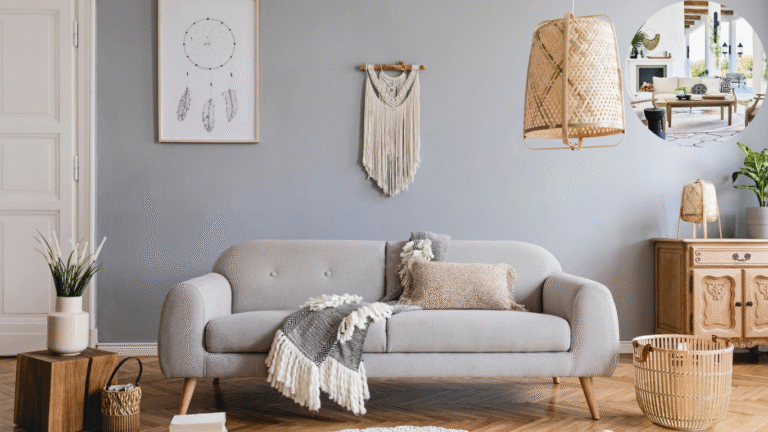Choosing the right furniture for your home is one of the most exciting yet challenging aspects of creating a comfortable and personalized living space. Furniture not only defines the style of your rooms but also serves as an essential element for your daily comfort and functionality. Whether you’re furnishing a new home or upgrading your current one, making smart furniture decisions is crucial.
Understanding Your Furniture Needs and Style
When it comes to furnishing your home, the first step is understanding your needs and defining your personal style. Furniture is an investment that should align with your preferences and lifestyle. Let’s take a closer look at how to identify what works best for you.
Essential Furniture Pieces for Every Room
Every room in your home serves a specific purpose, and your furniture choices should reflect that. Here’s a breakdown of essential furniture items for different spaces:
- Living Room: A comfortable sofa, a coffee table, and accent chairs.
- Bedroom: A sturdy bed frame, mattress, bedside tables, and a wardrobe or dresser.
- Dining Room: A dining table with chairs and possibly a sideboard.
- Home Office: A functional desk and ergonomic chair.
Consider starting with the basics and adding secondary pieces, such as bookshelves, ottomans, or decorative tables, later.
Defining Your Personal Style
Your furniture should reflect your personality and complement your home’s architecture. Are you a fan of modern, sleek designs, or do you prefer the warmth of traditional wooden furniture? Some popular styles include:
- Modern: Clean lines, neutral colors, and minimalist aesthetics.
- Traditional: Ornate designs, rich woods, and classic patterns.
- Eclectic: A mix of various styles, colors, and textures.
- Minimalist: Simple furniture with a focus on functionality and open space.
Pro Tip: Mixing old and new furniture can create a unique and harmonious look. For instance, pairing a vintage armchair with a contemporary sofa can add character to your room.
Finding Furniture That Complements Your Home Decor
To create a cohesive look, consider your home’s existing decor. Think about factors like wall colors, flooring, and lighting. If your walls are painted in neutral tones, you can introduce bold furniture pieces for contrast. On the other hand, if your room already has vibrant accents, opt for furniture in muted shades to balance the aesthetics.
Evaluating Space and Layout Constraints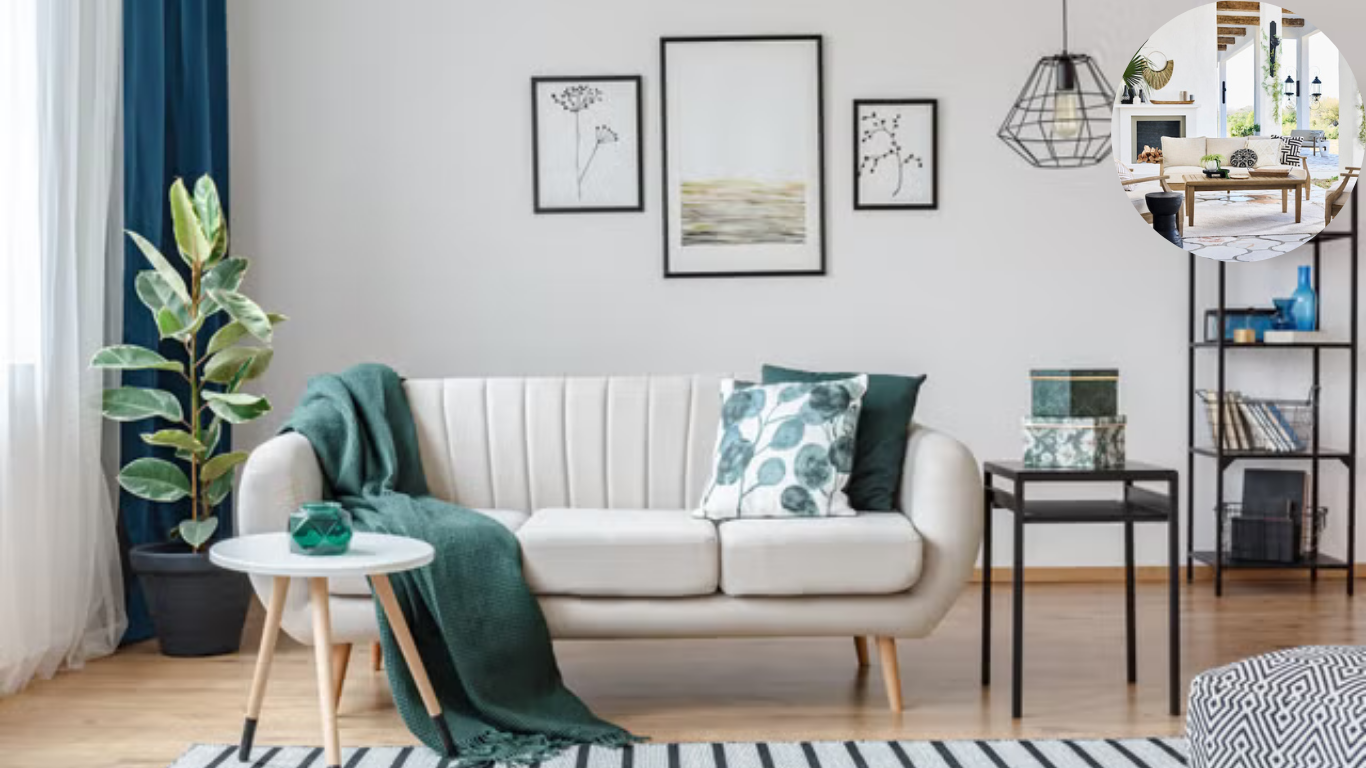
Before you start shopping for furniture, it’s essential to evaluate your space and plan the layout carefully. Furniture that looks stunning in a showroom might not always fit well in your home. Here’s how to avoid missteps.
You may also read (diy guide repairing peeling paint on home furniture).
Measuring Room Dimensions
Always measure your room dimensions before buying furniture. This includes the length, width, and height of the room, as well as any architectural features like windows, doors, or built-in shelves. Use a measuring tape to create a rough floor plan with the following dimensions.
Avoiding Overcrowding
Overcrowding a room with oversized furniture can make it feel cramped and uncomfortable. On the flip side, underfurnishing can make a space feel empty and uninviting. Aim for a balance by choosing furniture that fits proportionately within the room.
Optimizing Layout and Flow
Arrange furniture in a way that promotes easy movement and highlights focal points, such as a fireplace or a large window. For example:
- Place sofas and chairs in a conversational arrangement.
- Use rugs to define seating areas.
- Position furniture to maximize natural light.
Multifunctional Furniture for Small Spaces
If you’re dealing with a small space, consider multifunctional furniture like:
- Storage ottomans that double as seating and hidden storage.
- Convertible sofas that can transform into beds.
- Adjustable tables that expand when needed.
Quality, Durability, and Materials to Consider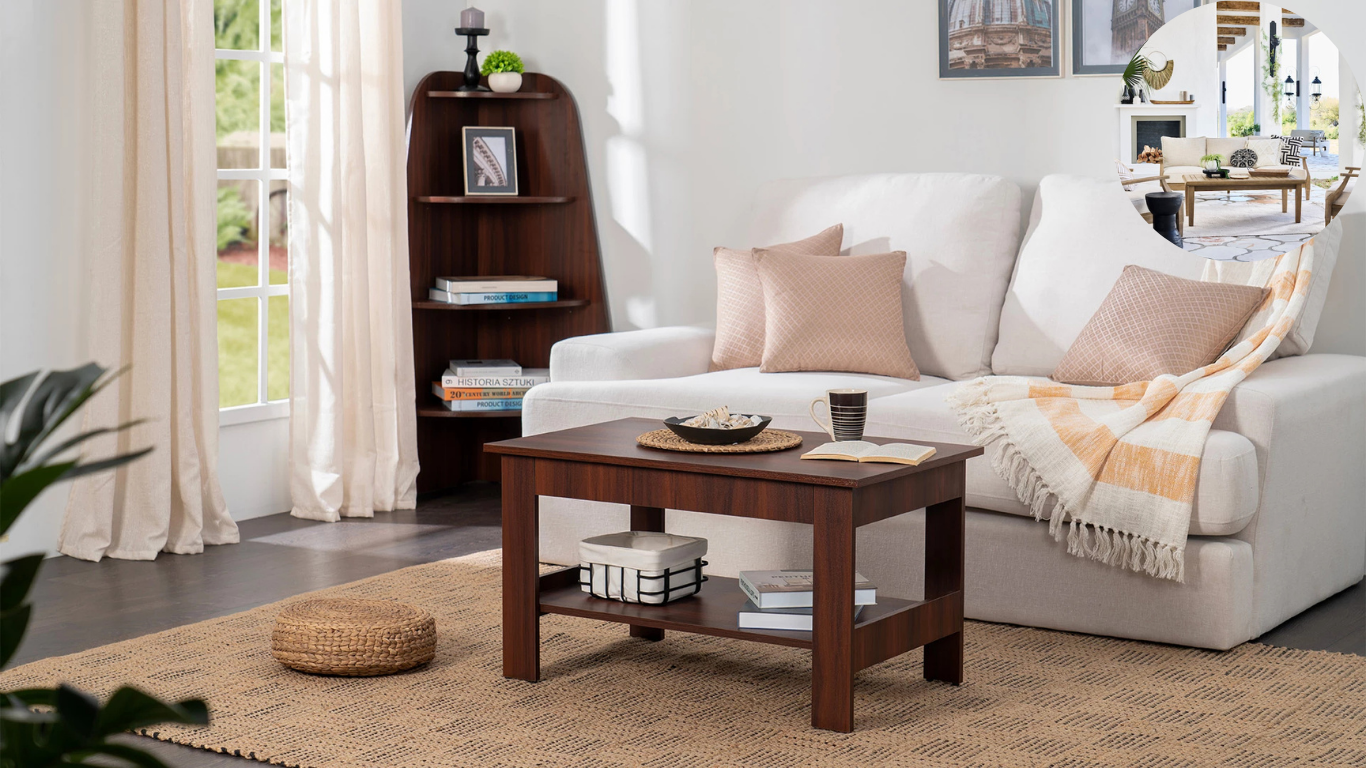
Investing in high-quality furniture is essential for long-term satisfaction. Durable materials and craftsmanship ensure your furniture will stand the test of time.
Durable Materials to Look For
Here are some materials known for their durability:
Material Features Best For
Solid Wood Sturdy, timeless, and repairable Tables, cabinets
Metal Frames Strong and modern Bed frames, chairs
Quality Upholstery Comfortable and long-lasting (e.g., leather, linen) Sofas, armchairs
Assessing Furniture Quality
When shopping, always check for:
You may also read (does my house need to be tidy for valuation).
- Craftsmanship: Look for smooth edges, tight joints, and a polished finish.
- Warranties: Reliable brands often offer warranties for added assurance.
Fun Fact: While high-quality furniture may have a higher upfront cost, it typically lasts longer, making it more cost-effective over time.
Comfort and Functionality: Prioritizing Everyday Use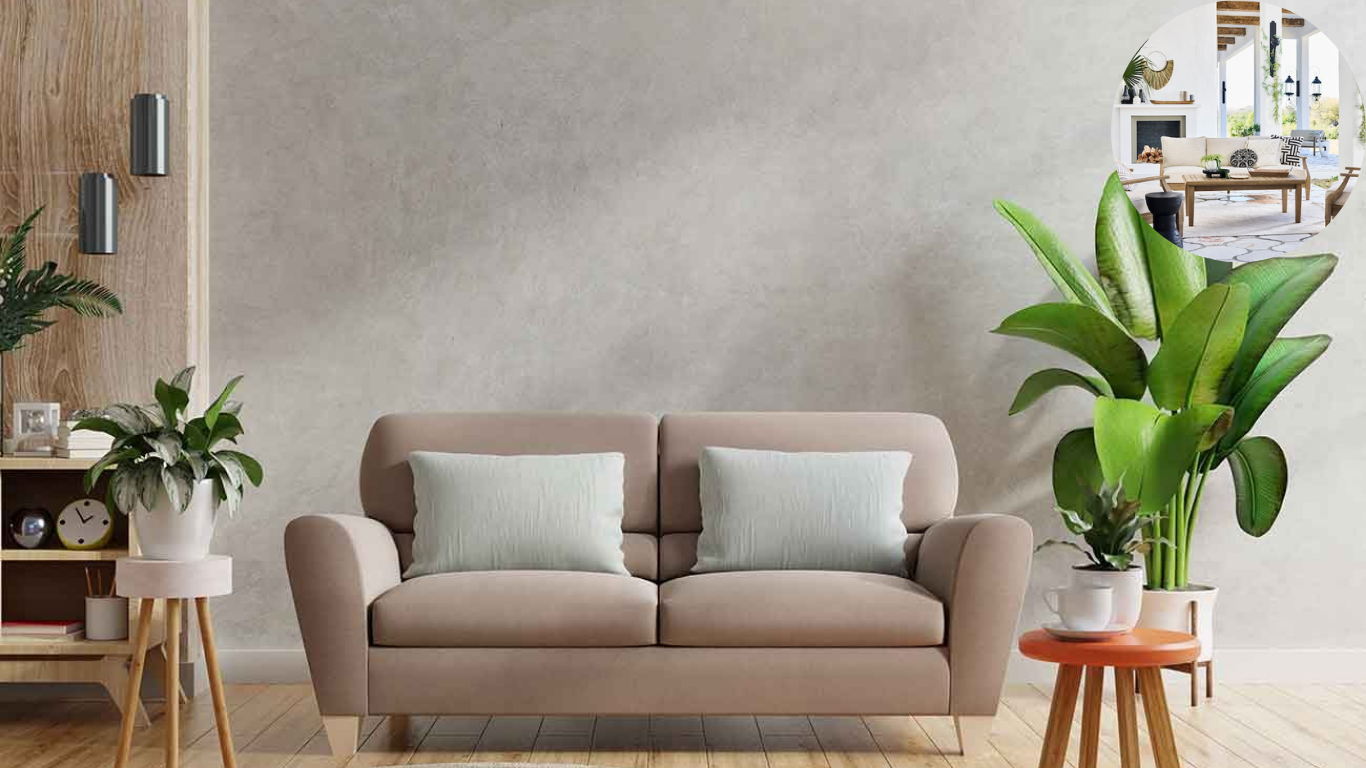
Comfort should never be compromised when choosing furniture. After all, your home is your sanctuary.
Ensuring Comfort
- Check for ergonomic designs in chairs and desks, especially for workspaces.
- Test cushion support and mattress firmness in-store before purchasing.
Functional Furniture Ideas
Incorporate pieces that serve dual purposes, such as:
- A sofa bed for guests.
- A lift-top coffee table for added storage.
- Modular shelving units that can adapt to your needs.
Cost Considerations: Shipping vs. Buying New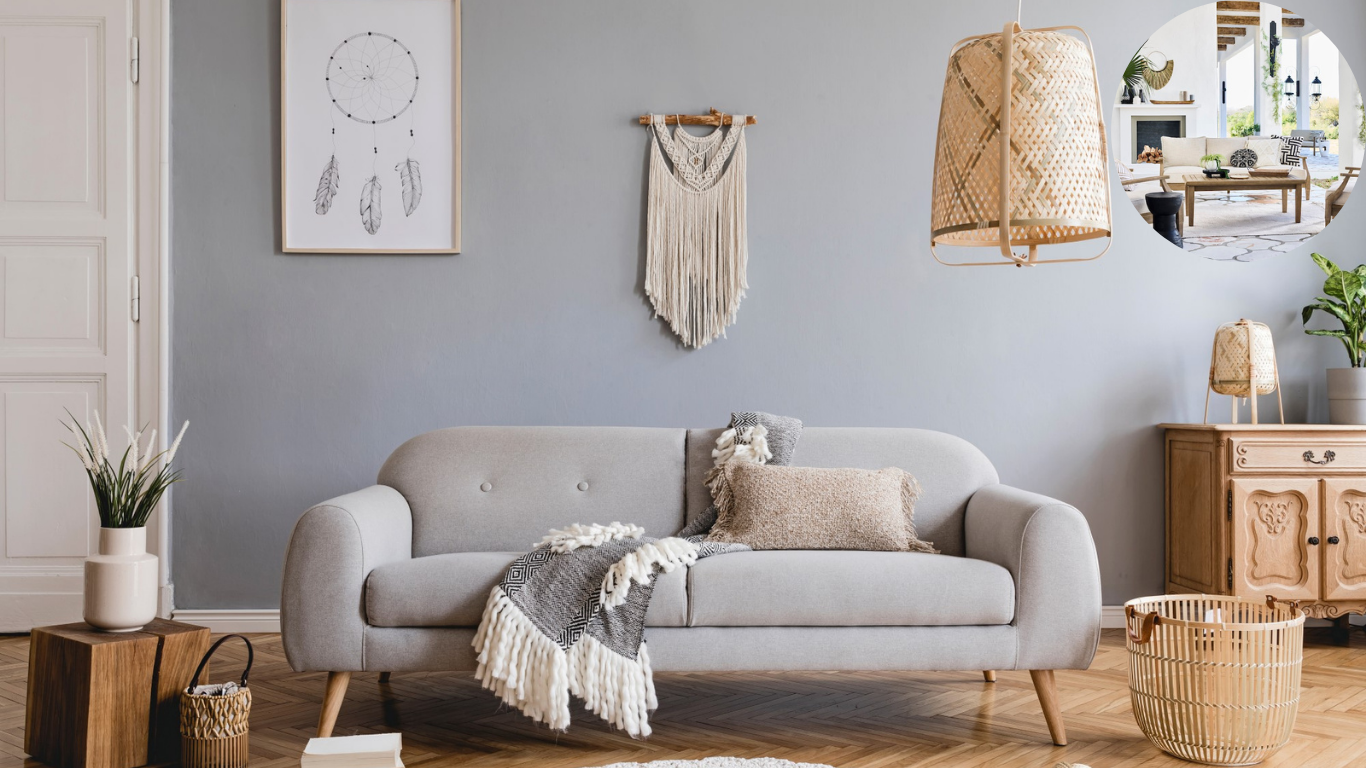
Now for the big question: Is it cheaper to ship house furniture or buy new? The answer depends on several factors.
Factors Influencing Shipping Costs
Shipping costs are determined by:
- Distance: Longer distances cost more.
- Size and Weight: Larger furniture is pricier to ship.
- Insurance: Protecting valuable items adds to the cost.
When Shipping is Cost-Effective
Shipping is often worth it for:
- High-quality heirloom pieces that can’t be replaced.
- Sentimental furniture with personal value.
When Buying New Makes Sense
Buying new is usually smarter when:
- Shipping costs exceed the value of the furniture.
- Your old furniture won’t match your new home’s style or space.
Tip: Always calculate the total costs, including shipping fees, taxes, and potential risks of damage.
Sustainable and Smart Furniture Choices
Sustainability is an important factor in modern furniture shopping. Choosing eco-friendly options can benefit both the planet and your wallet.
Benefits of Durable Furniture
High-quality furniture reduces waste by lasting longer, saving you money in the long run.
Refurbished and Second-Hand Options
Consider buying second-hand furniture from thrift stores or online marketplaces. These options are often more affordable and unique.
Practical Tips for Making the Final Decision
Here’s a checklist to help you decide between shipping or buying new:
- Compare shipping costs to the price of new furniture.
- Assess the sentimental and practical value of your existing furniture.
- Consider how each option impacts your budget and timeline.
You may also read (guide to pairing furniture with dark gray house walls).

